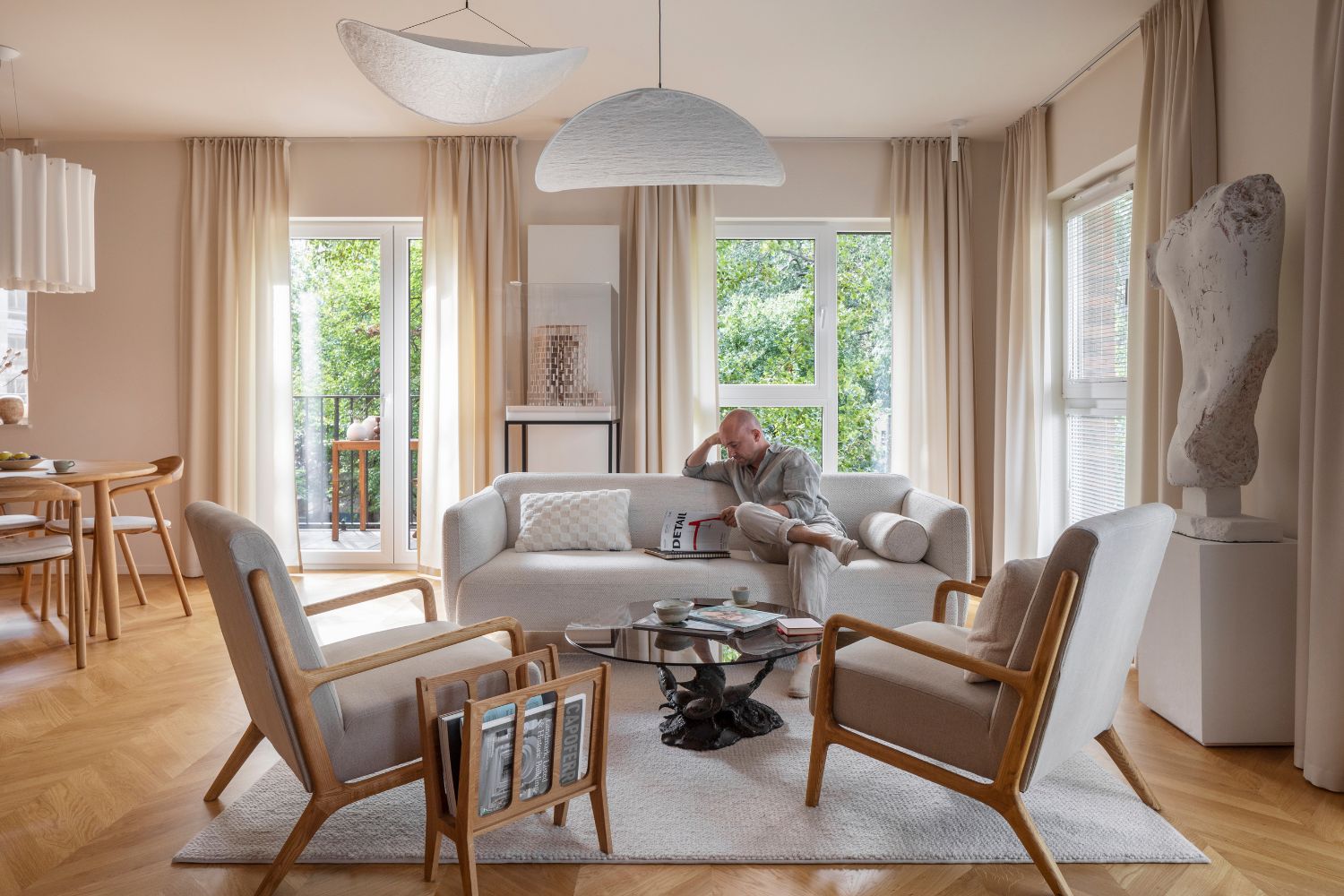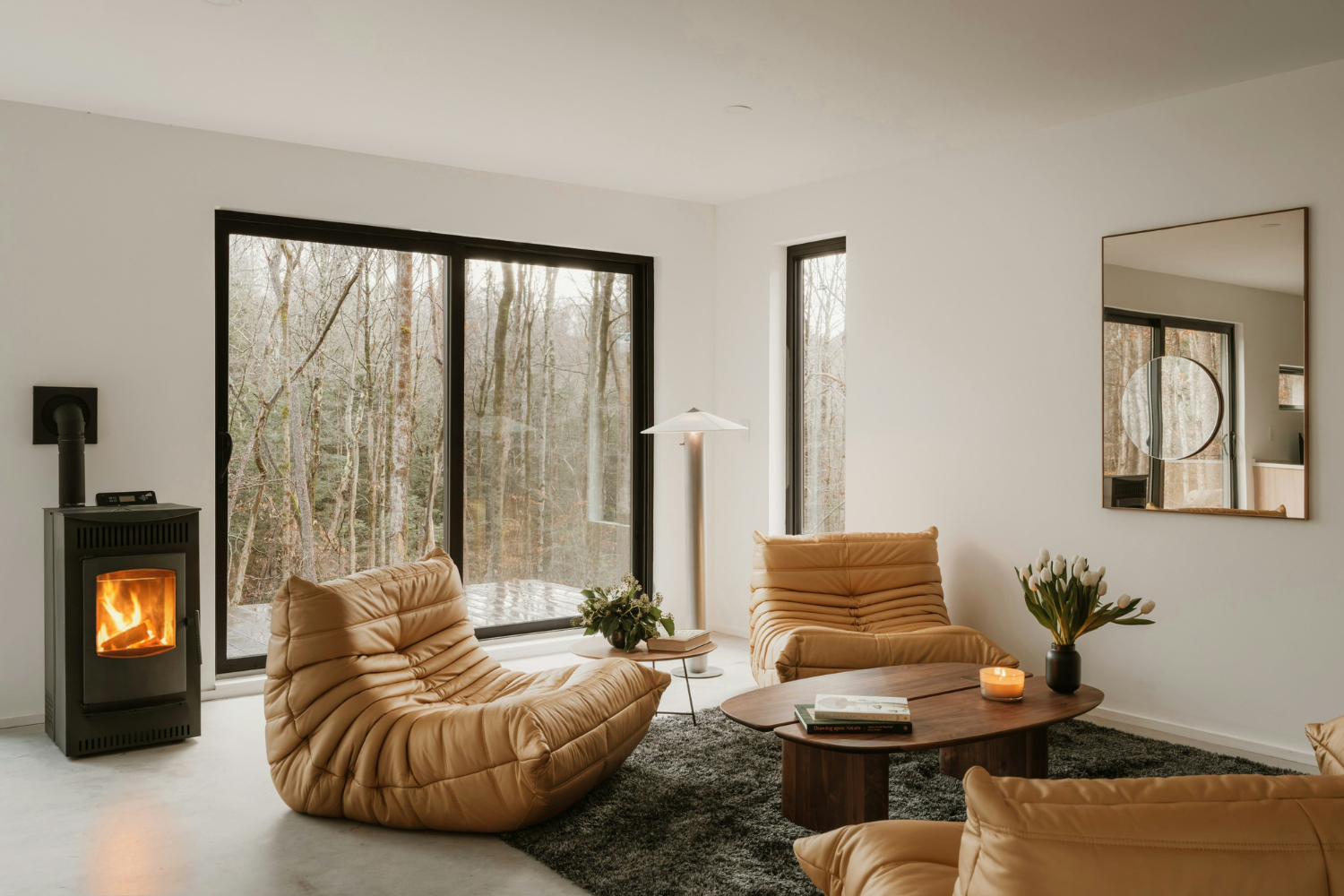- Home
- Articles
- Architectural Portfolio
- Architectral Presentation
- Inspirational Stories
- Architecture News
- Visualization
- BIM Industry
- Facade Design
- Parametric Design
- Career
- Landscape Architecture
- Construction
- Artificial Intelligence
- Sketching
- Design Softwares
- Diagrams
- Writing
- Architectural Tips
- Sustainability
- Courses
- Concept
- Technology
- History & Heritage
- Future of Architecture
- Guides & How-To
- Art & Culture
- Projects
- Interior Design
- Competitions
- Jobs
- Store
- Tools
- More
- Home
- Articles
- Architectural Portfolio
- Architectral Presentation
- Inspirational Stories
- Architecture News
- Visualization
- BIM Industry
- Facade Design
- Parametric Design
- Career
- Landscape Architecture
- Construction
- Artificial Intelligence
- Sketching
- Design Softwares
- Diagrams
- Writing
- Architectural Tips
- Sustainability
- Courses
- Concept
- Technology
- History & Heritage
- Future of Architecture
- Guides & How-To
- Art & Culture
- Projects
- Interior Design
- Competitions
- Jobs
- Store
- Tools
- More
9 Ways Lighting Enhances Modern Architectural Interiors

Lighting transforms how we experience space. A well-lit room feels expansive, alive, and inviting, while poor lighting can shrink even the grandest design.
Architects use light as more than a functional tool. It sculpts textures, creates depth, and highlights features, turning simple spaces into immersive environments.
From accent walls that glow to installations that tell a story, lighting design pushes interiors to their fullest potential. Let’s explore how these techniques are redefining modern spaces.
Table of Contents
ToggleHighlights Architectural Features
Light directs attention to what matters. Strategically placed fixtures can draw focus to arches, columns, or intricate ceiling designs, making them stand out in subtle or bold ways.
Recessed lighting works well to emphasize linear elements, while wall-mounted fixtures can cast soft, dramatic shadows over textured surfaces such as stone or wood. Even concealed LED strips tucked into edges or grooves can create a floating effect.
Architects often use this interplay to celebrate craftsmanship. Whether it’s an ornate staircase or a minimalist beam, lighting breathes life into the structural details that define a space’s character.
Incorporates Color to Evoke Emotion
Architects use color temperatures and shades to tell a story. Cool blues and greens lend a space of freshness and tranquility, while bold reds or purples add drama and excitement.
Custom installations, like those you might find when you shop neon signs online, allow spaces to feel both modern and personal. Popular applications include:
- Colored LED strips for ceilings or under cabinetry
- Statement pendant lights in gradient hues
- Neon wall art for a playful, branded vibe
- Tunable white lighting to shift from warm to cool tones
Retail stores and hospitality spaces, in particular, benefit from color-focused lighting designs. It creates a mood that resonates with visitors, shaping how they feel and interact with the environment.
Defines Spatial Boundaries
Spaces often feel undefined without thoughtful transitions. Different lighting zones can help separate open-plan areas, such as kitchens, dining spaces, and living rooms, without physical dividers.
For instance, pendant lights above an island create a clear boundary for the kitchen. Recessed lights in seating areas establish a cozy, intimate zone, while wall washers guide movement through hallways or entryways.

Concealed floor lighting can also outline pathways, subtly steering flow in a large room. Layering light intensities between areas further enhances these distinctions.
Accentuates Textures and Materials
Design elements can go unnoticed without proper illumination. Rough stone walls, polished marble, and reclaimed wood surfaces reveal their character under carefully placed lighting.
Grazing light along vertical surfaces highlights imperfections and patterns, giving depth to raw materials. Track lighting directed at exposed brick or concrete adds dimension, making textures more tactile and engaging.
Even subtle features, such as metallic finishes or fabric weaves, come alive with soft accent lighting. Highlighting materials in this way enriches the sensory experience of space and invites closer interaction with its design details.
Enhances Functionality Through Task Lighting
Well-designed interiors prioritize both style and usability. Task lighting plays a crucial role where focus, precision, or comfort is most important, whether in residential kitchens or commercial workspaces.
Designers use dedicated lighting for specific activities such as:
- Under-cabinet lights for meal prep areas
- Adjustable desk lamps in office settings
- Mirror lighting in bathrooms for clarity
- Directional spotlights for reading nooks
The goal is targeted visibility without glare or shadows. Proper placement and color temperature ensure the task lighting supports the activity while blending seamlessly with ambient and accent layers throughout the space.
Creates Mood and Atmosphere
Emotional tone starts with how a space feels the moment you walk in. Lighting controls that experience more than any other element, setting the emotional rhythm of a room within seconds.
Warm tones from dimmable sconces or concealed LEDs can turn a dining room into a relaxed evening retreat. On the other hand, cooler tones with clean lines in retail or gallery spaces energize visitors and draw attention to details without overwhelming the eye.
Color-changing systems take it further, adapting to the time of day, season, or event. Whether you’re aiming for cozy, vibrant, or serene, lighting defines that identity.
Integrates Seamlessly with Smart Technology
Architectural lighting is no longer fixed or static. With smart controls, lighting adapts in real time, responding to activity, natural light levels, and even occupancy.
Automated systems allow you to adjust intensity, color temperature, or lighting zones with a phone or voice assistant. That flexibility enhances energy efficiency while improving user experience. In large-scale spaces, including offices or hospitality venues, sensors and pre-set scenes simplify management without sacrificing design.
Architects now coordinate lighting plans with tech consultants early in the design phase. Integration means no exposed cables or awkward retrofits. Everything functions as one fluid system, built around how people move and live.
Frames Focal Points in the Design
Every interior has at least one feature meant to grab attention. It might be a sculptural staircase, a statement art piece, or even a dramatic material shift across a surface.
Targeted lighting guides attention to these focal points without disrupting the rest of the space. Spotlights angled with precision, uplights that graze a wall, or backlit panels behind an object can elevate its presence.
Lighting becomes a compositional tool, much like framing in photography. It separates the essentials from the background. In doing so, it creates hierarchy and visual flow, helping people experience a space the way the designer intended.
Adds Layers for Depth and Dimension
Flat lighting makes even the best design feel lifeless. In contrast, layered lighting introduces rhythm and contrast, giving rooms a richer spatial experience. Each layer plays a specific role and builds on the others.
Ambient lighting sets the foundation, creating general illumination. Accent lighting highlights key features, while task lighting focuses on functionality. Decorative fixtures then add a final visual punch, tying the story together.
Interior designers and architects work closely to balance these elements. Materials, ceiling height, and room layout all influence how layers interact. When done right, the result feels dynamic, drawing the eye across surfaces, levels, and textures without distraction.
Wrapping Up
The most successful interiors feel cohesive because the lighting subtly does its job without drawing attention. That precision only occurs when design and light collaborate from the outset.
If you’re building environments meant to last, think about lighting as architecture in motion. It not only supports the space but also shapes how people feel in it.
illustrarch is your daily dose of architecture. Leading community designed for all lovers of illustration and #drawing.
Submit your architectural projects
Follow these steps for submission your project. Submission FormLatest Posts
Modern American Homes: Interior Design Trends to Watch in 2026
Interior design in the United States is evolving toward warmer, more adaptable,...
BXB Studio’s Hybrid Interior: Redefining the Modern Architectural Workplace
The Warsaw headquarters of BXB Studio was established in a modest 70...
5 Must-Know Interior Design Trends in American Homes
From warm minimalism to bold oversized artwork, these five interior design trends...
How Open Kitchens Create a Sense of Space Indoors (Without Sacrificing Function)
Open kitchens: see how sightlines, lighting, and smart layouts make rooms feel...












Leave a comment